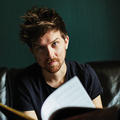-
What happens if someone dies in space?
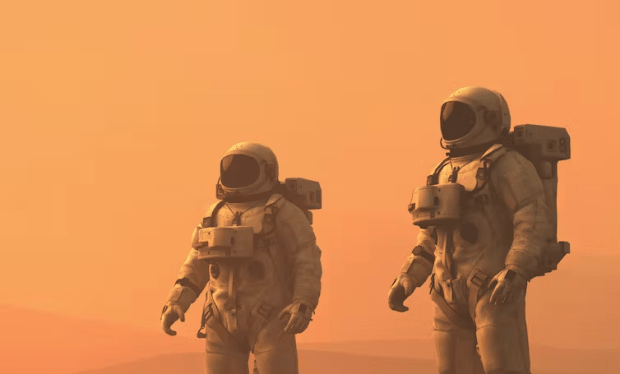
An artist’s depiction of two astronauts on Mars. cokada/E+ via Getty Images There’s no question that sending human beings to space is an extraordinarily difficult and perilous proposition. Since human space exploration began just over 60 years ago, 20 people have died – 14 in the NASA space shuttle tragedies of 1986 and 2003, three…
-
Why space exploration is important for Earth and its future: Q&A with David Eicher

With Starmus Earth: The Future of Our Home Planet around the corner, we sat down with David Eicher, the Astronomy Magazine editor-in-chief and one of the event’s speakers, to hear his thoughts on a diverse range of subjects – from the most pressing challenges facing our home planet to the mysteries of the universe and the…
-
Cosmic Fest – An Astronomy & Space Science Extravaganza By The Sky Explorers
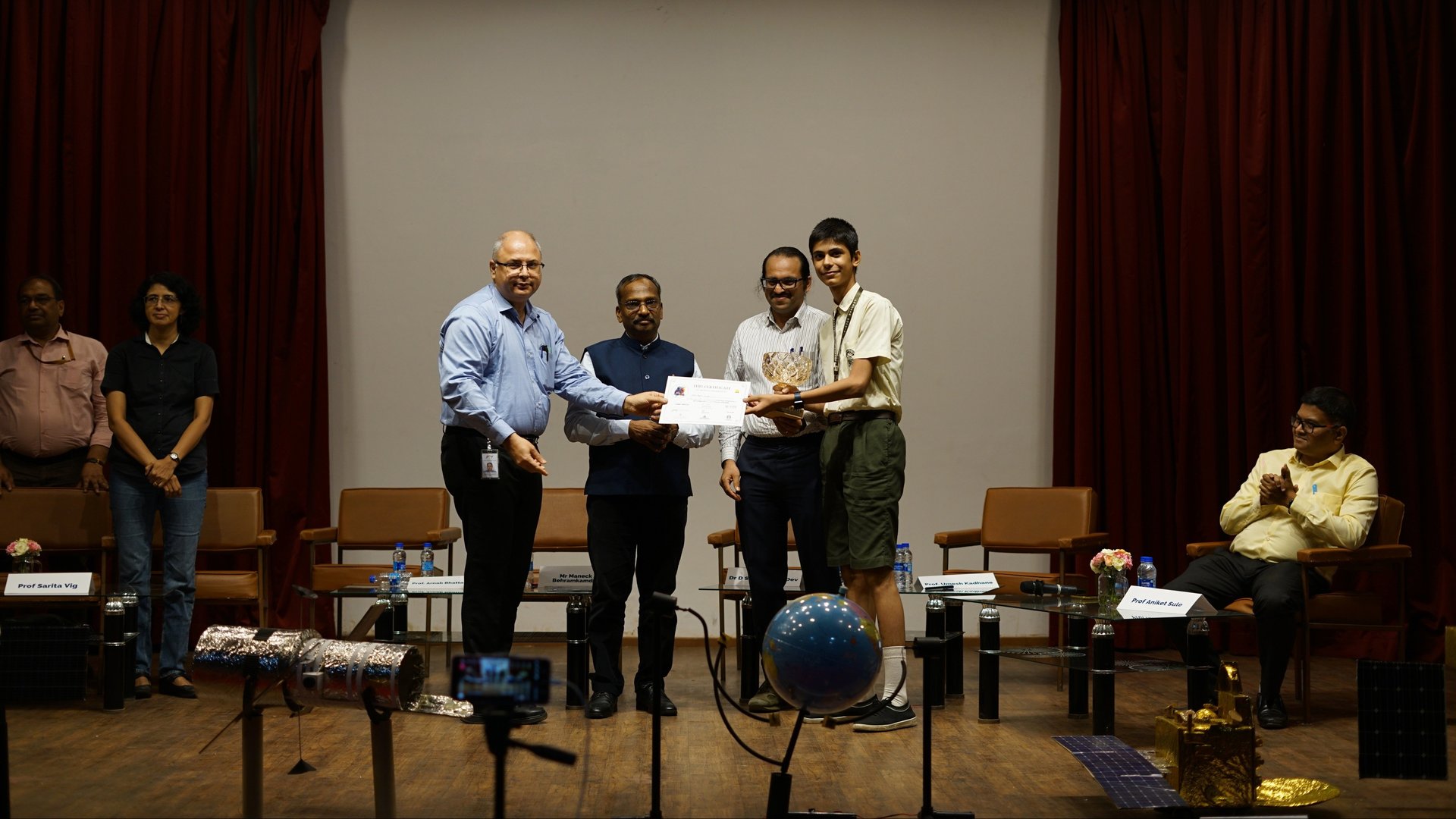
On the morning of April 26th, a convoy of school buses, brimming with eager students from various schools across Mumbai, streamed into The Nehru Science Centre at Worli for “The Cosmic Fest.” This event, a collaborative effort between The Sky Explorers and The Nehru Science Centre, had captured the imagination of all attending children. “The…
-
Astronomers fight to save a major X-ray space telescope
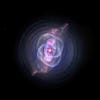
One of NASA’s Great Observatories may soon meet an untimely demise. The Chandra X-Ray Observatory—an orbiting telescope launched in 1999 aboard Space Shuttle Columbia—is facing a major financial threat in NASA’s latest budget proposal. Major cuts to its funding could lead to layoffs for half of the observatory’s staff by October and, according to concerned…
-
Astronomers Discovered a Once-in-a-Lifetime ‘Sleeping Giant’ Black Hole
Stellar mass black holes, which are significantly smaller than their supermassive cousins, usually weigh in at around 10 solar masses. But the European Space Agency just found that’s more than 3 times that size. Located nearly 2,000 light-years away in the constellation Aquila, this black hole—named BH3—was discovered when astronomers analyzed the wobbly orbit of…
-
Planetary Opposition 2024: Jupiter, Saturn, and Other Planets At Their Brightest
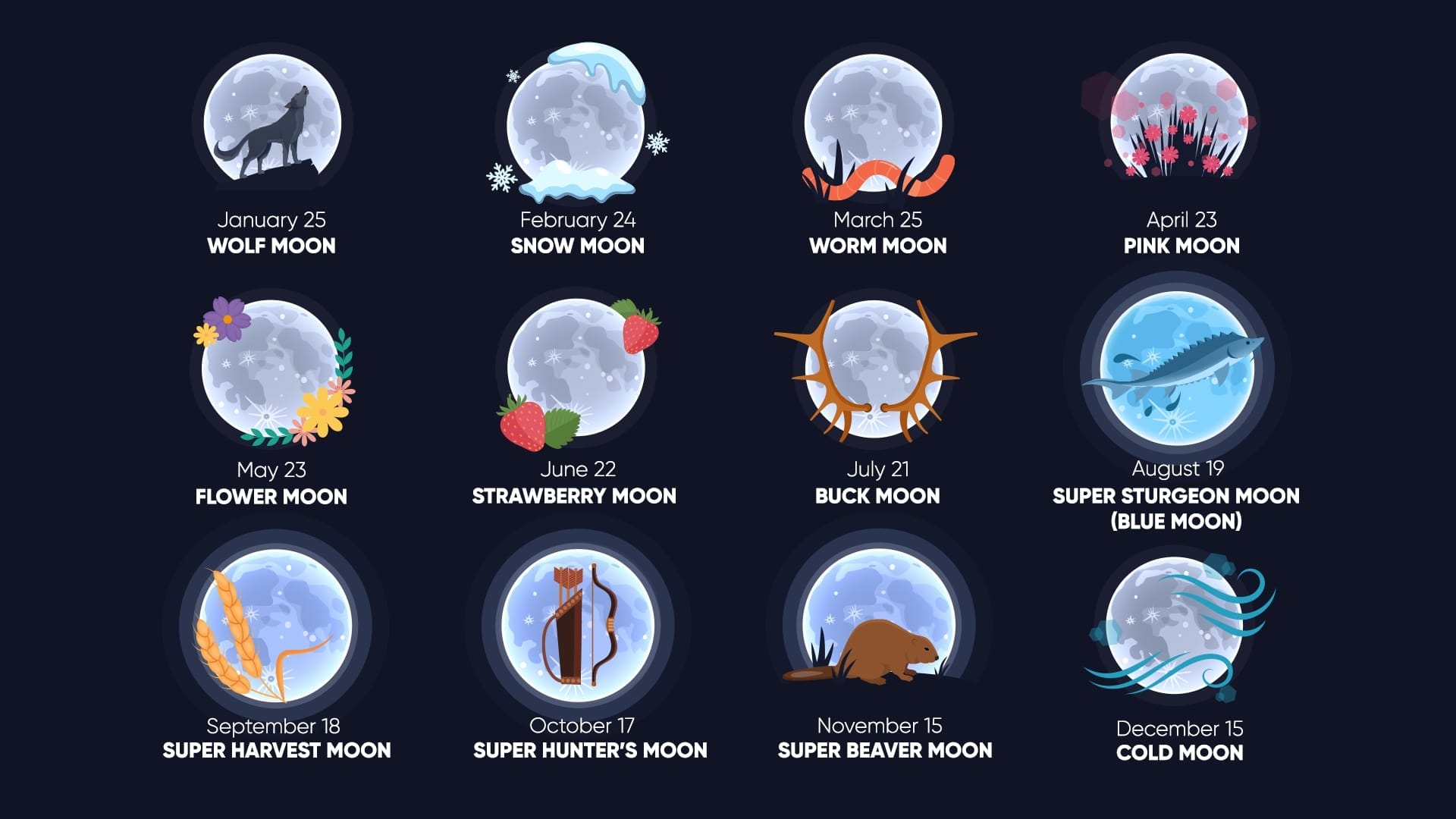
Astronomical opposition is the best time to observe most of the Solar System planets and other celestial bodies. They appear at their largest and brightest state in the night sky. In May 2024, the asteroid Pallas (mag 9.0) will be in opposition. You can locate the asteroid using the Sky Tonight astronomy app. Find out…
-
Scientists find one of the oldest stars in the universe in a galaxy right next to ours
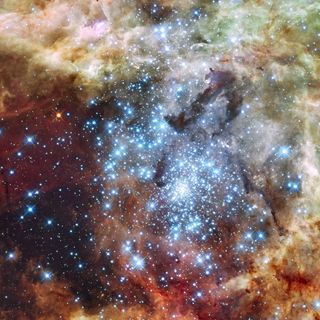
Scientists have identified one of the oldest known stars outside the Milky Way. The discovery, reported in March in the journal Nature Astronomy, has uncovered a relic from the early days of the universe in the Large Magellanic Cloud (LMC), a satellite galaxy of the Milky Way — and it’s revealing the conditions from a…
-
Citizen scientists spot more than 1,000 new asteroids in old Hubble Telescope photos
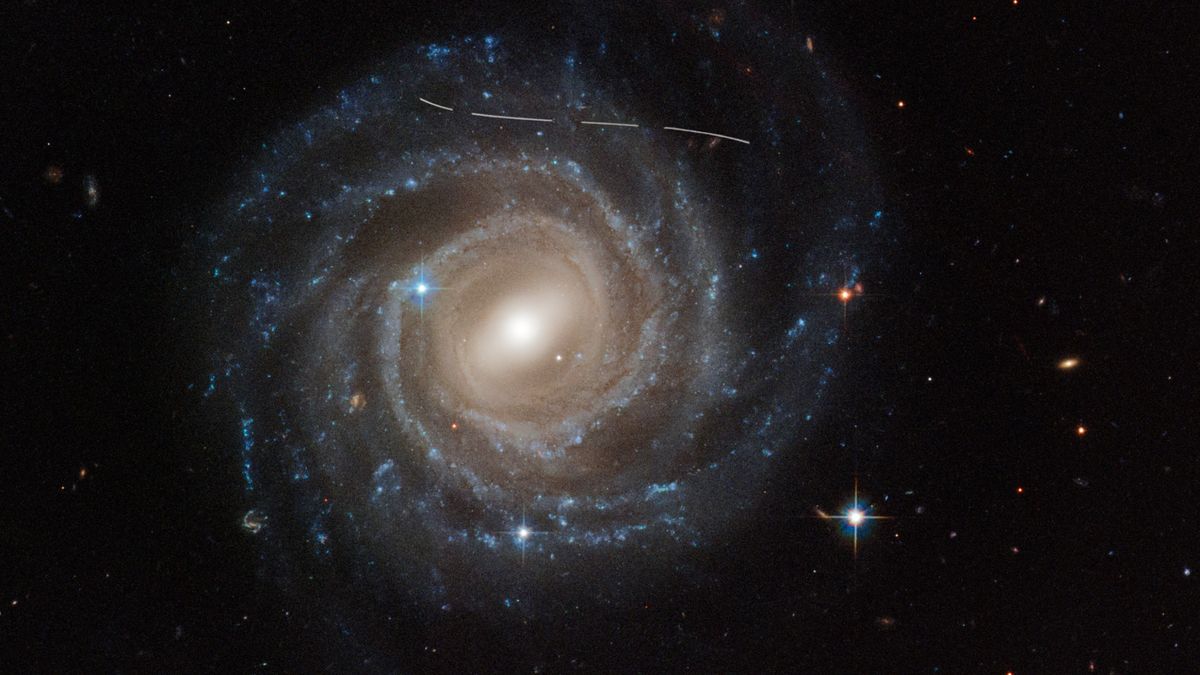
The dotted white streak cutting across this photo of a faraway galaxy might seem like a nuisance for astronomers, but it’s actually the mark of a previously undiscovered asteroid. The image, snapped by the Hubble Space Telescope from its decades-long perch in low Earth orbit, is one of many that have been photobombed by asteroids…
-
Here’s how astronomers found one of the rarest phenomenons in space
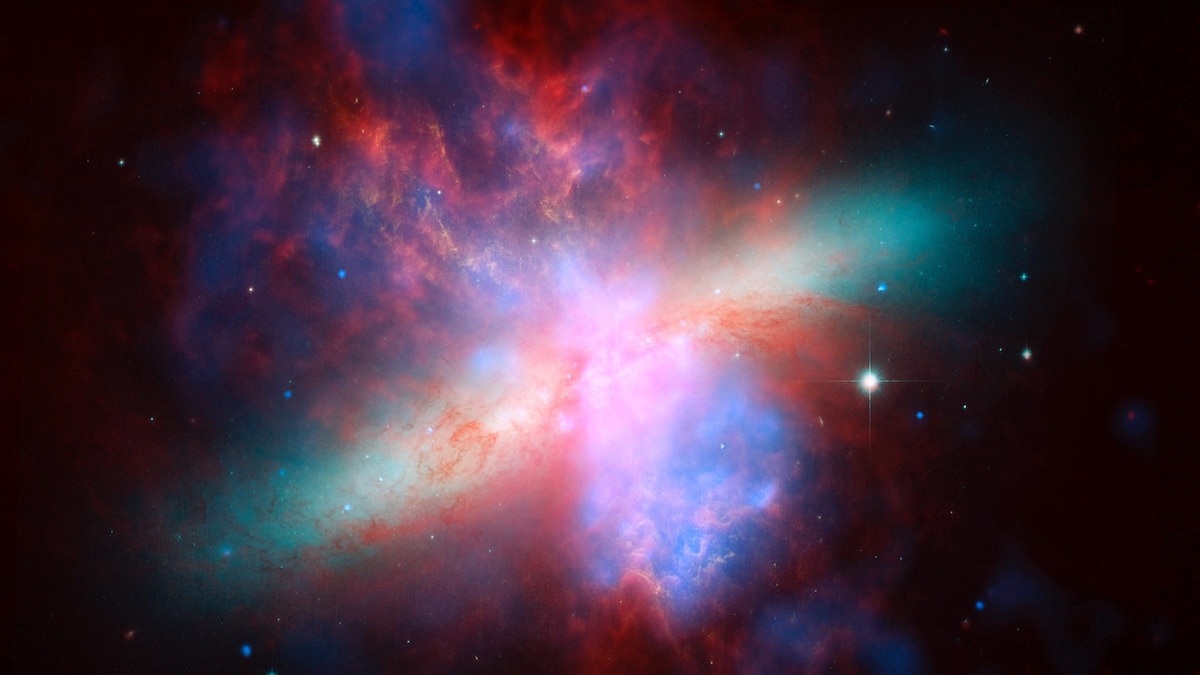
You May Also Like “Neutron stars are the densest matter in the universe, so if you keep adding mass, eventually that will collapse to a black hole, which isn’t matter anymore,” Eric Burns, an assistant professor of astrophysics at Louisiana State University who was not involved in the new work, says. “So that extreme density…
-
Astronomers Find Evidence Of A Massive Object Beyond The Orbit Of Neptune
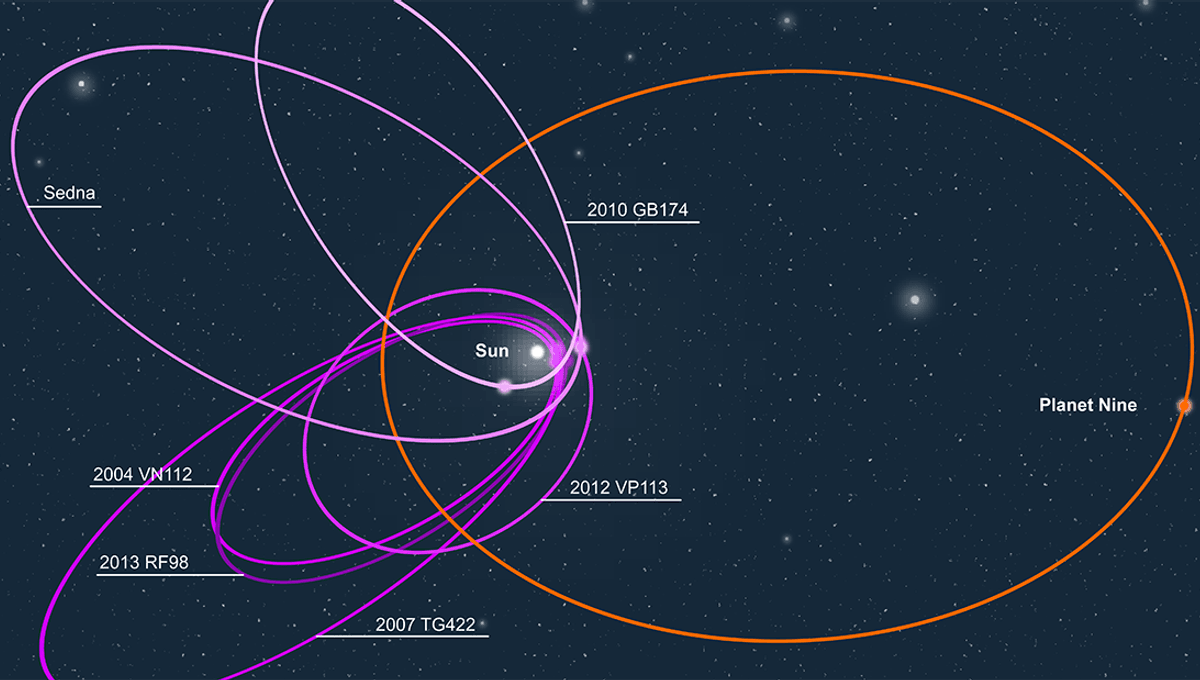
A team of researchers say they have found the “strongest statistical evidence yet that Planet 9 is really out there” in the solar system after studying a population of distant, unstable objects that cross Neptune’s orbit. When it comes to discovering planets, finding them around other stars is actually a little easier than locating them…
